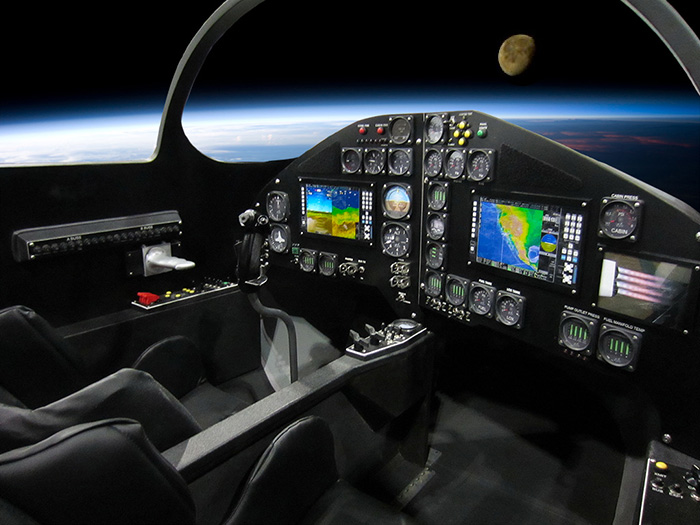
Citizens in Space announces the successful completion of a high-altitude balloon flight, the first in a series of missions to test hardware designed to fly on the Lynx spacecraft from XCOR Aerospace.
The helium balloon, which reached an altitude of 25 kilometers (82,000 feet), was launched by a team from the University of Central Florida’s Students for the Exploration and Development of Space. Soon after launch, shifting winds carried the balloon west, rather than east, out over the Gulf of Mexico. The unexpected turn led to a scramble by UCF-SEDS students to locate the balloon, which was lost at sea for several days.
The balloon carried components from the Lynx Cub Payload Developer’s Kit, an open-source science kit available through Citizens in Space and Terran Sciences Group.
“The main goal on this flight was to test Dev Kit components by exposing them to extreme conditions,” said Dr. Justin Karl, Chief Payloads Officer for Citizens in Space. “Post-flight analysis by UCF-SEDS shows that components functioned normally throughout the flight at temperatures down to -50°C (-60°F) and atmospheric pressure below 1% of sea level. At the end, the payload survived a 17.5g water impact and an unexpected dip in salt water. These are far more extreme than the conditions we will experience during actual spaceflights on the XCOR Lynx, where payloads will ride comfortably inside the crew cabin and be subjected to only about 4g of acceleration.”
The flight also served as a launch-and-recovery test for the next Citizens in Space balloon mission, which will carry an ultra-high-definition video camera developed for the Lynx spacecraft.
“High-altitude balloons are a dime a dozen,” said Joseph Ricci, director of projects for UCF-SEDS, “Our mission was part of a larger program which will qualify hardware for use in future spaceflights.”
“This test gives us great confidence in the reliability of our Dev Kit components,” Dr. Karl said. “These components will be useful to groups at all levels, from middle-school classes to professional researchers, who want to fly experiments on the Lynx spacecraft. Anyone who’s interested in flying an experiment in space should visit citizensinspace.org or tsgaero.space for more information on our Dev Kit components and no-cost flight opportunities.”














